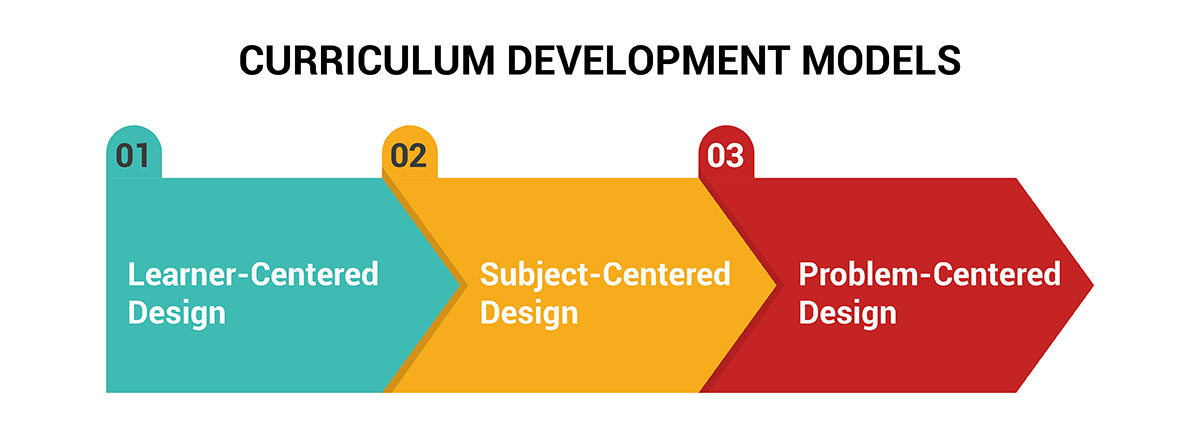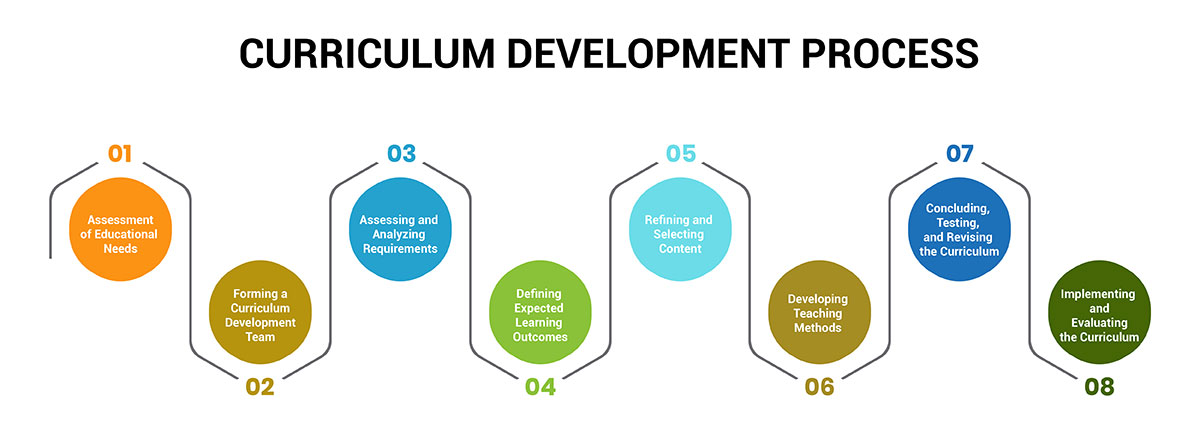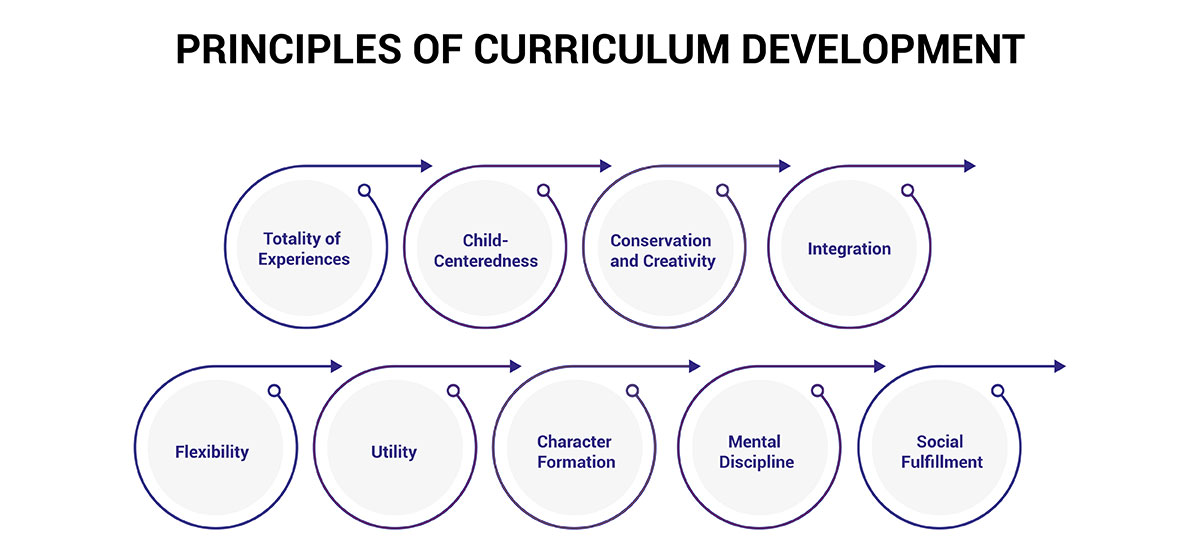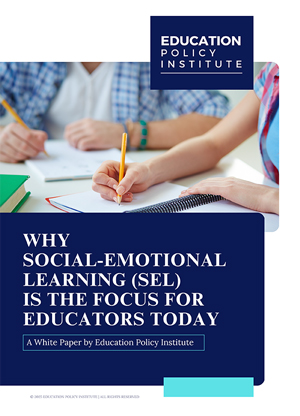Curriculum development plays a pivotal role in shaping the educational experiences of students across various levels of education. It serves as the cornerstone for growth opportunities in schools, colleges, and universities, guiding instructors and teachers in imparting the necessary knowledge and skills for students to thrive in a rapidly evolving world.
At its core, curriculum development involves the creation and design of a structured plan for a course or program by an institution or instructor. This process is dynamic and iterative, requiring ongoing review, revision, and updating to meet changing needs and demands. The curriculum encompasses all content taught to students, including formal lessons and the development of skills through implicit methods.
Teachers, more than anyone, understand the extensive planning and execution involved in the learning process. Curriculum development consists of numerous knowledge blocks, meticulously arranged to suit the educational stage of each student. These blocks collectively form the curriculum for a specific grade or class, each serving a vital role in the student's educational journey.
By implementing a thoughtfully designed curriculum, educators can provide a comprehensive roadmap for student success, ensuring that learners acquire the essential competencies needed to navigate and excel in an ever-changing world.
Types of Curriculum Development Models
Curriculum development process is vigorous, requiring continuous improvement and adaptation to meet evolving needs and demands. Let’s explore three commonly used primary models of curriculum development:

1. Learner-Centered Design
The learner-centered design model prioritizes the unique characteristics and needs of each student. This approach encourages teachers to provide opportunities for students to take ownership of their projects and assignments, promoting independent learning within a well-structured framework. Under this model, students play an active role in their education, guided by the instructor.
Four key attributes define the learner-centered design:
- Context: Assignments and tasks are designed to have real-world applications, helping students connect their learning to practical scenarios.
- Construction: Students are encouraged to link their own experiences and prior knowledge with new information, fostering a deeper understanding.
- Collaboration: The classroom environment promotes collaboration through group discussions and team assignments, allowing students to learn from one another and appreciate different perspectives.
- Conversation: Activities that enhance communication skills are integral, ensuring students can effectively articulate their ideas and understand others.
2. Subject-Centered Design
The subject-centered design is a more traditional approach, focusing on specific subjects or disciplines rather than individual student needs. This model includes several subtypes, each emphasizing different aspects of subject matter:
- Subject-Area Design: Concentrates on a particular subject, ensuring in-depth coverage.
- Discipline Design: Focuses on broader academic disciplines.
- Broad-Field Design: Integrates related subjects to provide a more holistic understanding.
- Correlation Design: Seeks to connect different subjects, highlighting their interrelationships.
This model aligns closely with state and government education policies, standardizing curricula across schools. It emphasizes the cognitive abilities of students at specific ages, making it easier to implement with standardized materials and teacher training.
3. Problem-Centered Design
Problem-centered design is a student-centric approach that aims to develop problem-solving, critical thinking, and communication skills. Students are presented with real-life problems and encouraged to devise solutions through careful observation and analysis. This model emphasizes creativity, innovation, and collaborative learning.
Students learn to approach problems from various angles, enhancing their ability to think critically and work effectively in teams. This approach not only equips students with essential skills but also makes learning more engaging and relevant to their lives.
Integrating the Models
A well-rounded curriculum benefits from integrating elements of all three models. Combining learner-centered, subject-centered, and problem-centered approaches creates a more inclusive and adaptable educational framework. This balanced approach ensures that students receive a comprehensive education that addresses their individual needs, focuses on essential subject matter, and develops critical problem-solving skills.
By incorporating these diverse strategies, educators can create dynamic learning environments that prepare students for success in both academic and real-world settings.
Process of Curriculum Development
Curriculum development is a systematic process that involves several key stages to ensure effective educational planning and implementation. Here's a structured overview:

1. Assessment of Educational Needs
- Identify the target audience and their learning requirements.
- Evaluate existing curricula to identify gaps and areas for improvement.
- Consider societal, technological, and educational advancements influencing learning needs.
2. Forming a Curriculum Development Team
- Form a multidisciplinary team including educators, policy experts, content creators, and administrators.
- Define roles, responsibilities, and timelines for each team member.
- Ensure collaboration to align curriculum goals with educational standards and institutional objectives.
3. Assessing and Analyzing Requirements
- Conduct a detailed analysis of educational requirements based on identified needs.
- Determine whether new content, teaching methods, or teacher training is necessary.
- Assess the feasibility of integrating emerging technologies and pedagogical approaches.
4. Defining Expected Learning Outcomes
- Define clear and measurable learning objectives aligned with educational goals.
- Specify desired learning outcomes and skills development for students.
- Document the expected impact of the curriculum on student learning and achievement.
5. Refining and Selecting Content
- Identify relevant topics, themes, and subjects to be included in the curriculum.
- Select appropriate learning resources, textbooks, and supplementary materials.
- Ensure content is aligned with curriculum objectives and educational standards.
6. Developing Teaching Methods
- Design instructional strategies that cater to diverse learning styles and abilities.
- Incorporate innovative teaching techniques, including active learning and experiential approaches.
- Integrate educational technologies to enhance engagement and learning outcomes.
7. Concluding, Testing, and Revising the Curriculum
- Review the drafted curriculum for coherence, relevance, and comprehensiveness.
- Conduct pilot testing in educational settings to gather feedback from stakeholders.
- Revise the curriculum based on feedback to ensure alignment with educational objectives and learner needs.
8. Implementing and Evaluating the Curriculum
- Develop a plan for curriculum implementation, including teacher training and support.
- Monitor and evaluate the effectiveness of the curriculum in achieving learning objectives.
- Continuously assess and adapt the curriculum based on ongoing feedback and evaluation data.
Key Principles of Curriculum Development
Curriculum principles encompass essential norms, values, and philosophies that guide educators in creating effective learning frameworks for students across educational settings. These principles ensure holistic development and responsiveness to evolving educational needs:

-
Totality of Experiences
Curriculum extends beyond academic subjects to include extracurricular and co-curricular activities, fostering comprehensive student development. -
Child-Centeredness
Curriculum design prioritizes understanding and meeting the diverse needs, interests, and developmental stages of learners. -
Conservation and Creativity
Balancing cultural preservation with adaptability to global trends ensures curriculum remains relevant and dynamic. -
Integration
Curriculum integrates various subjects and disciplines to promote interdisciplinary learning and deepen understanding. -
Flexibility
Curriculum frameworks are adaptable to accommodate changing educational goals, societal demands, and learner needs. -
Utility
Content and skills imparted through the curriculum are practical, preparing students for real-life applications and future challenges. -
Character Formation
Curriculum aims not only to impart knowledge but also to foster ethical values, social responsibility, and personal integrity in students. -
Mental Discipline
Encouraging rigorous intellectual development through structured learning experiences and cognitive training. -
Social Fulfillment
Promoting students' awareness of social issues and responsibilities, nurturing their role as active and contributing members of society.
Factors Influencing Curriculum Development
Curriculum development is influenced by a multitude of factors that vary across regions, institutions, and educational contexts, shaping the design and implementation of educational frameworks:
-
1. Psychological Factors:
Students' perceptions, engagement levels with instructional methods, and their individual learning styles profoundly impact curriculum effectiveness. -
2. Political Factors:
Governments and policymakers exert significant influence on curriculum development to ensure alignment with national interests, cultural values, and educational goals. -
3. Philosophical Factors:
The cohesive alignment of philosophical perspectives within the curriculum development team is critical for defining clear educational objectives and strategies. -
4. Gender Factors:
Demographic composition within classrooms and the gender of educators can influence how curriculum content is received and interpreted. Addressing gender dynamics in curriculum design is crucial, particularly in contexts where gender disparities in education persist. -
5. Societal Factors:
Curriculum development is influenced by broader societal norms, values, and expectations. A curriculum designed to reflect societal diversity and inclusivity can contribute to social awareness and positive cultural change. -
6. Technological Factors:
Flexible curriculum frameworks accommodate varying levels of technological integration, ensuring adaptability to evolving educational trends and access disparities. It is shaped by school policies, technological infrastructure, and educators' and students' comfort with digital tools. -
7. Economic Factors:
The socio-economic background of schools, educators, and students significantly impacts curriculum implementation. Curricula must be designed to cater to diverse economic contexts, ensuring accessibility and relevance across different educational settings. -
8. Educational Factors:
Effective curriculum execution hinges on comprehensive training programs for educators and students alike. Educators' familiarity and alignment with curriculum goals are essential for delivering impactful learning experiences.
Conclusion
Curriculum development serves as the dynamic blueprint guiding educational institutions in preparing students for future challenges. By balancing preservation of cultural heritage with the need for innovation, curricula strive to cultivate critical thinking, collaboration, and adaptability among learners. This holistic approach aims not only to impart knowledge but also to cultivate values of social responsibility and ethical integrity, equipping students with the tools they need to navigate an increasingly interconnected world.





